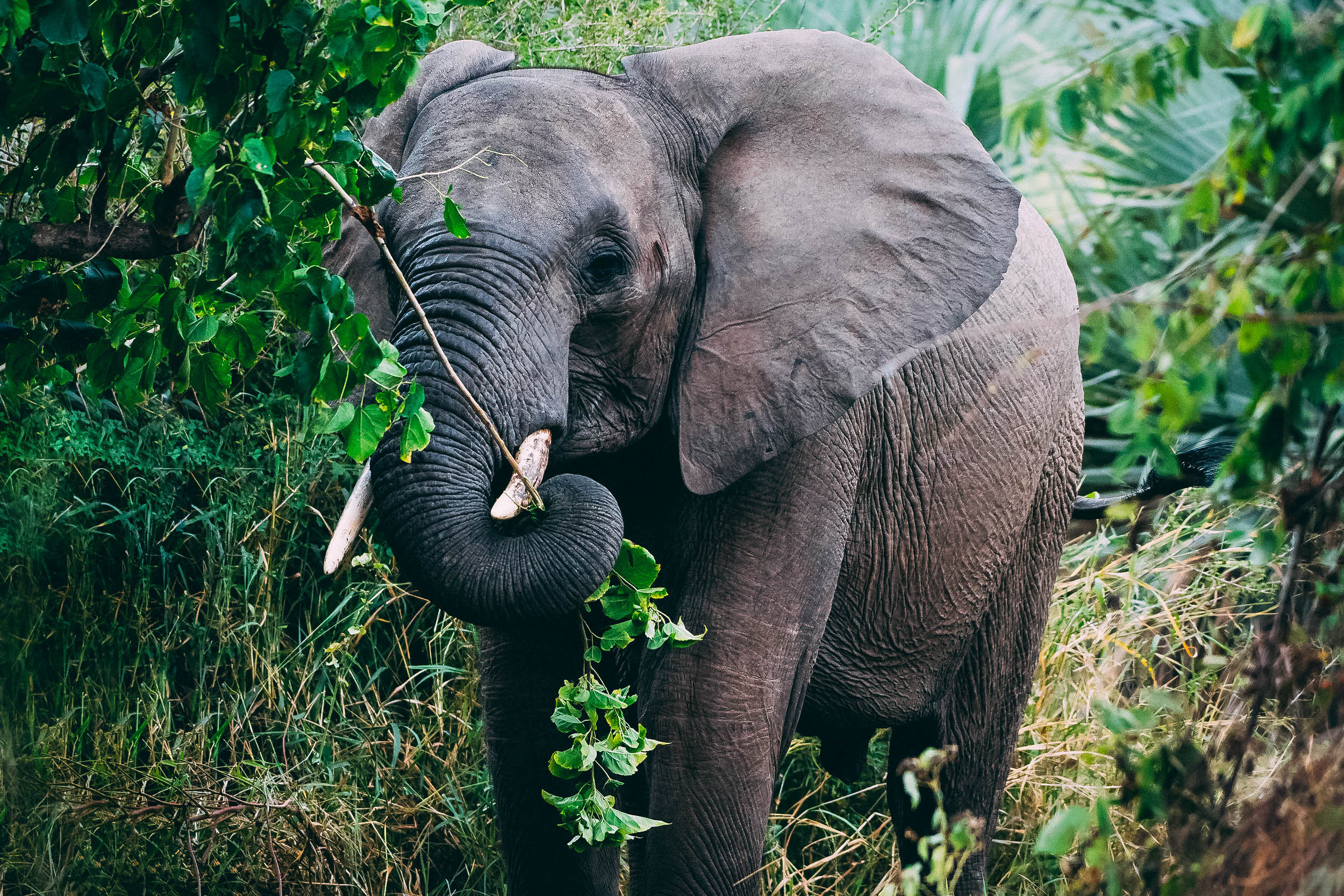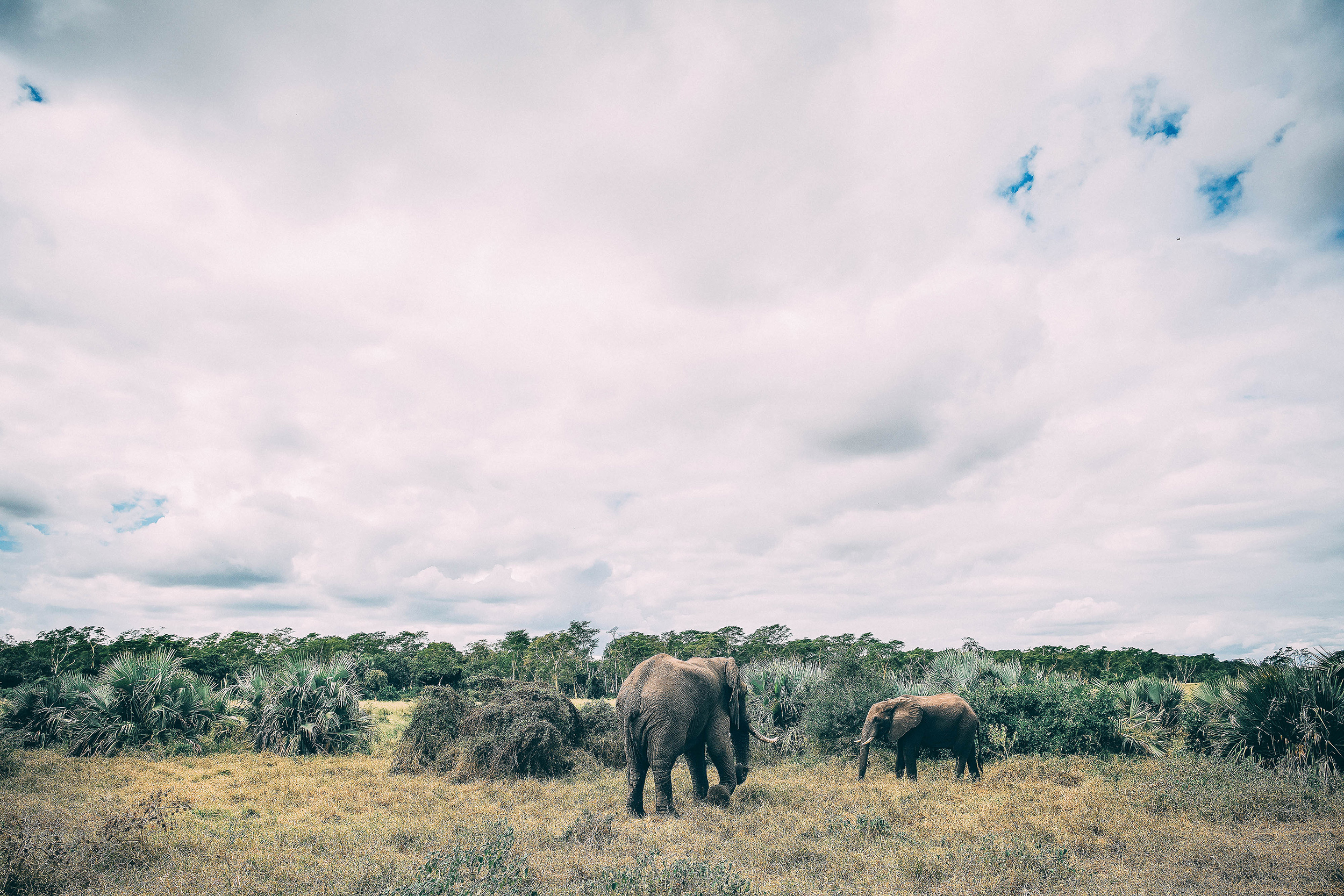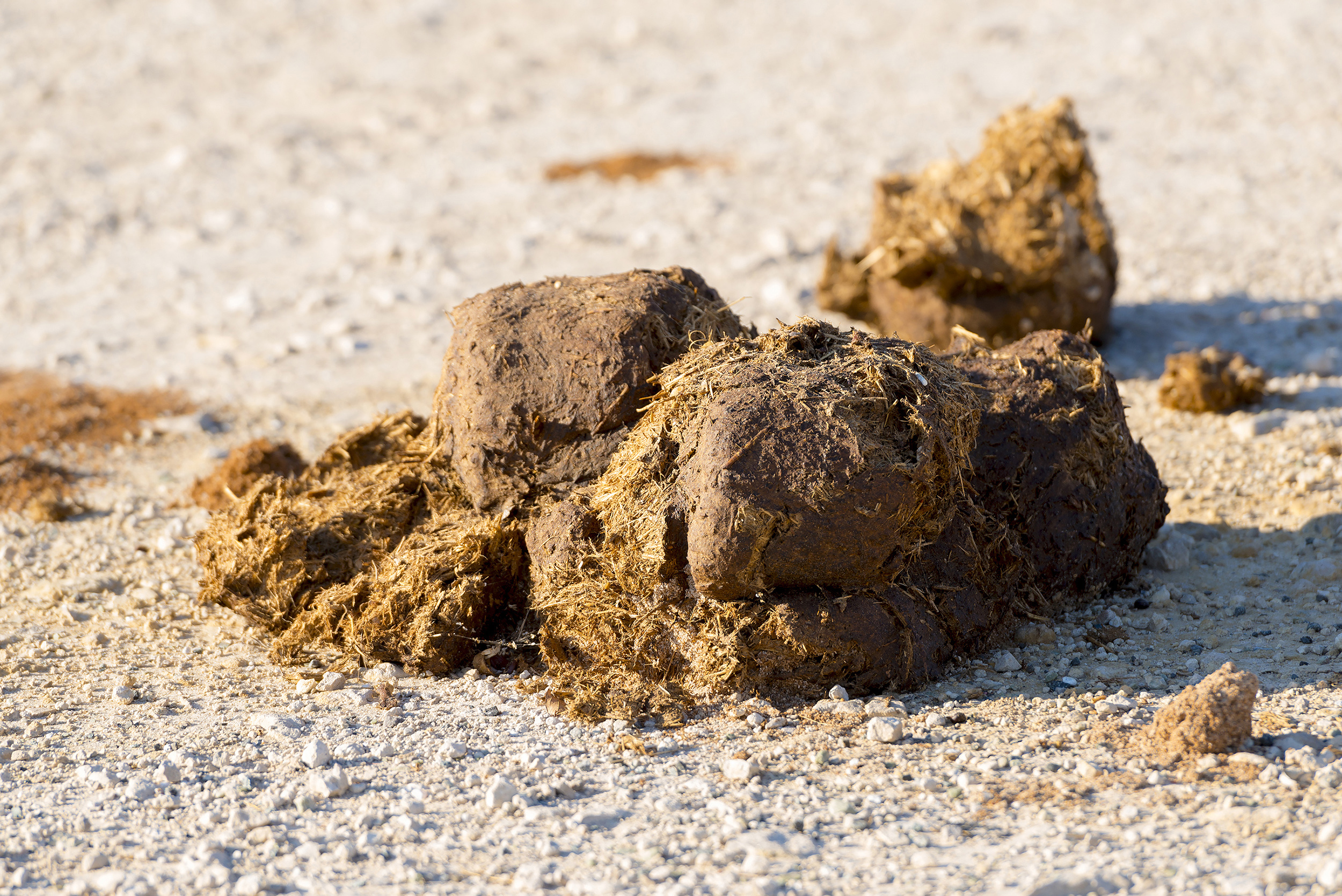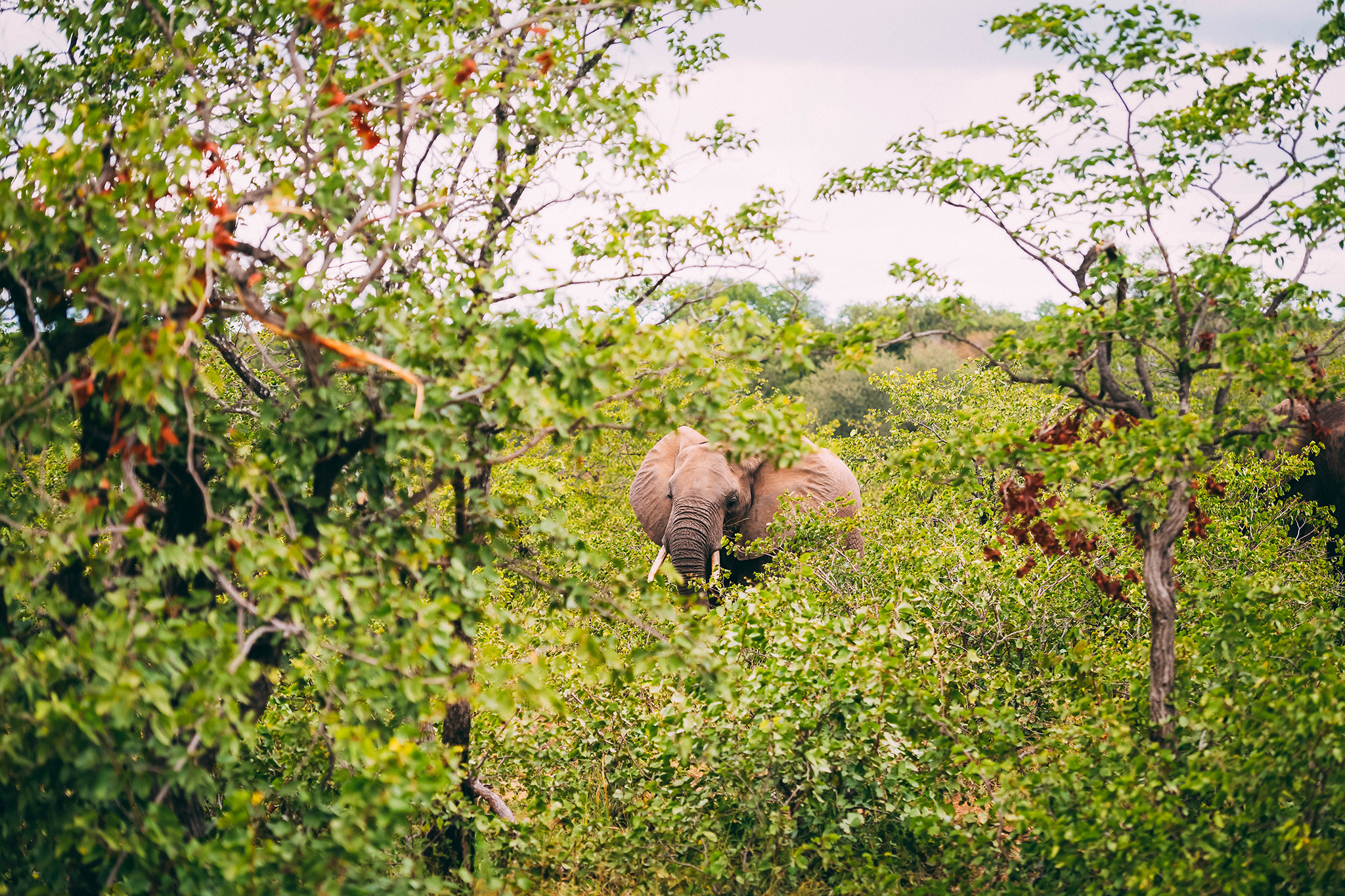There are many reasons to love elephants. Their sheer size, their emotional intelligence, their compassion for members of their herd, but what about their role within the environment?
Elephants are keystone species, meaning that they influence the healthy functioning of an ecosystem, without which that ecosystem may alter dramatically or cease to exist.
In densely populated areas, elephants can sometimes be seen as destructive, but in such cases, the issues revolve mainly around the restriction of range caused by fences and habitat loss.
In more natural unfenced wilderness areas, where elephants have the freedom to migrate over tens of thousands of kilometers, they fulfill their ecological role as nature’s gardeners in the following ways-
Vegetation Mosaics
In areas of moderate elephant densities, elephants prevent the proliferation of a single dominant plant species by feeding off a cross section of vegetation.

Extending Grassland Areas
Elephants are able to reverse the encroachment of woodlands by feeding on tree sprouts and shrubs, thereby keeping the grassland plains open. They also promote the growth of high quality grasses and encourage greater grazier biomass.

Seed Dispersal
Elephants are agents of seed dispersal particularly for some trees such as Acacias, Marulas and the Baobab Trees whose seeds are more prone to germination after passing through an elephants digestive tract. The elephants drop their dung over many miles and the seeds then begin life in a nutrient dense pile of compost.

Forest Gaps
Elephants are adapted to create forest gaps. The proliferation of space dispersal in African forest seems to suggest this is the forests natural state. Elephants are giant bulldozers and help to develop a more productive ground layer for a variety of plant species to grow by opening up gaps and allowing the sunshine in. This elephant behavior also provides food for a variety of animals that live under the forest canopy. The species poor forests of the Congo-basin are an indication of a loss of elephant populations.

Nutrient Cycling
Pushing over trees has positive ecological impacts. Fallen trees provide food and habitat for smaller browsers such as rodents, reptiles, and small mammals. Nutrients from these trees are recycled back into the soil through decay.
Areas without elephant populations are increasingly becoming less biodiverse. Scientists compare a loss of elephants to mega-fauna extinctions in the late Pleistocene which resulted in a loss of dispersal agents for some tree species in the Central American dry forest, leading to habitat impoverishment.
Other examples include the extermination of elephants in Hluhluwe Game Reserve in South Africa resulting in a sharp reduction of some grazers such as waterbuck, zebra, and wildebeest as well as browsers such as kudu, bushbuck, and black rhino. The loss of elephants in this area also resulted in the encroachment of woodland areas.
Losing our keystone species could mean losing a great deal more biodiversity in the process.
Want to visit elephants in the wild? Why not explore our African travel options.
One of the best places to interact with elephants is Mana Pools, Zimbabwe, watch our latest adventure at Mana Pools.
Sources: https://arefiles.ucdavis.edu/uploads/filer_public/2014/03/20/chafota.pdf
https://cmsdata.iucn.org/downloads/pachy12.pdf#page=43
